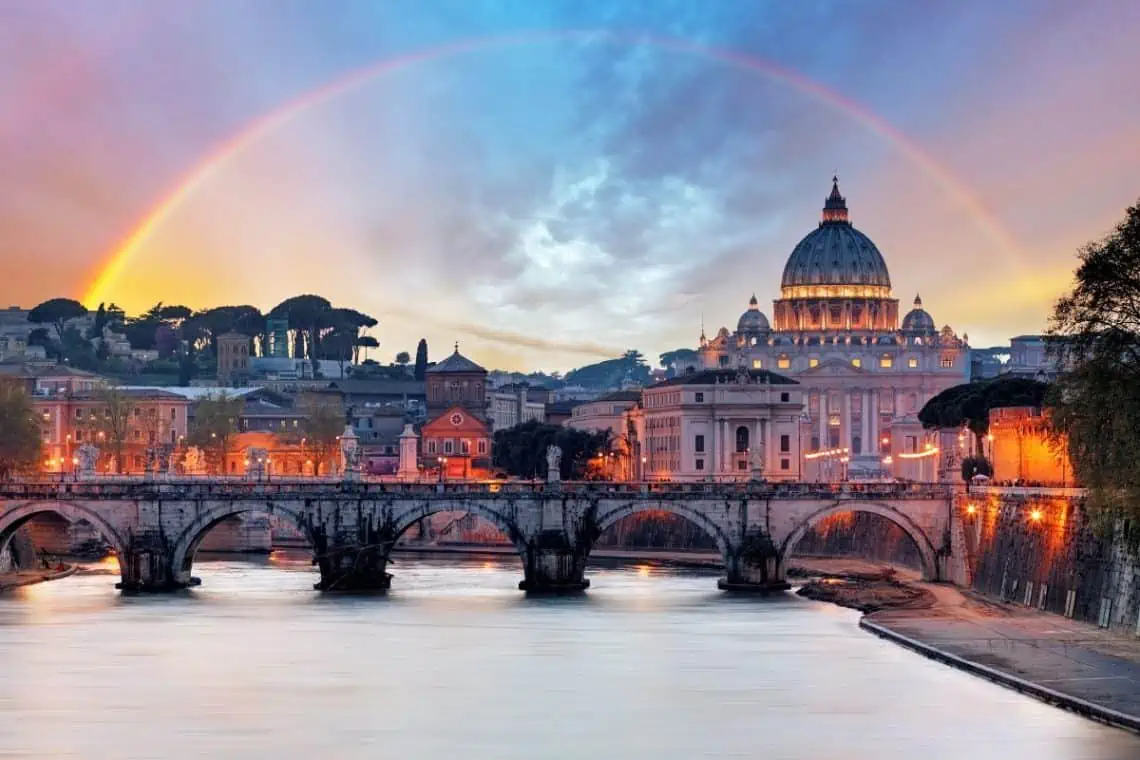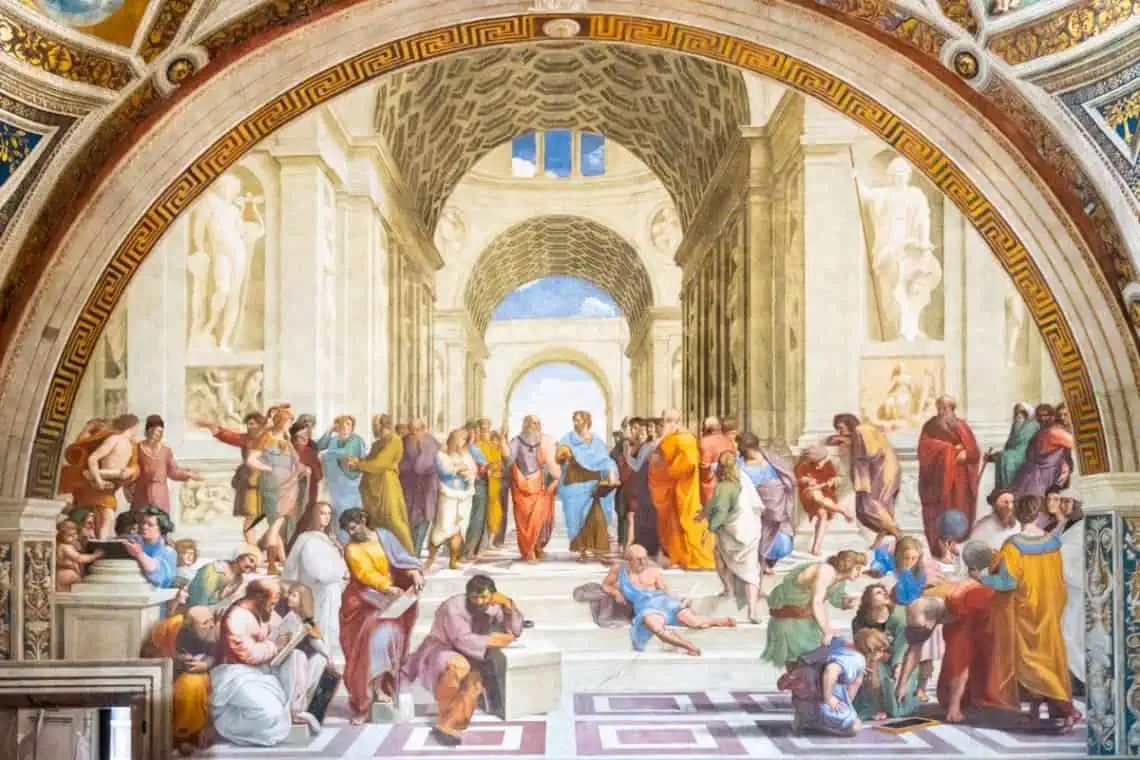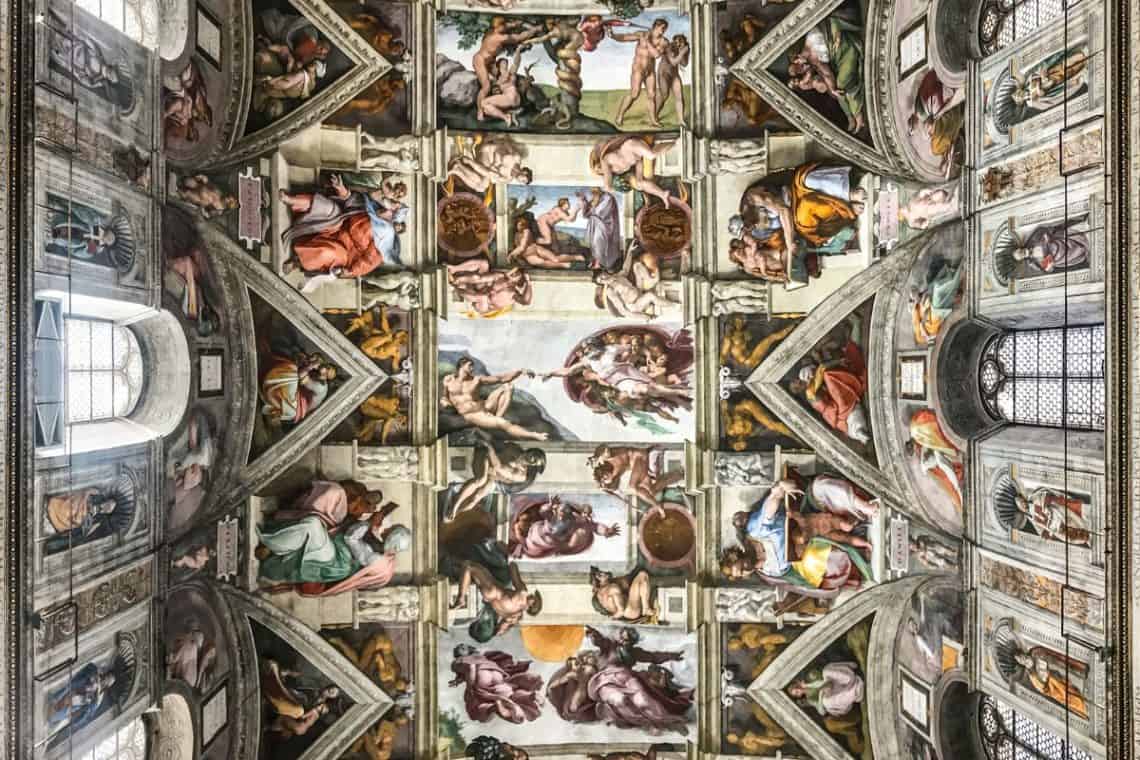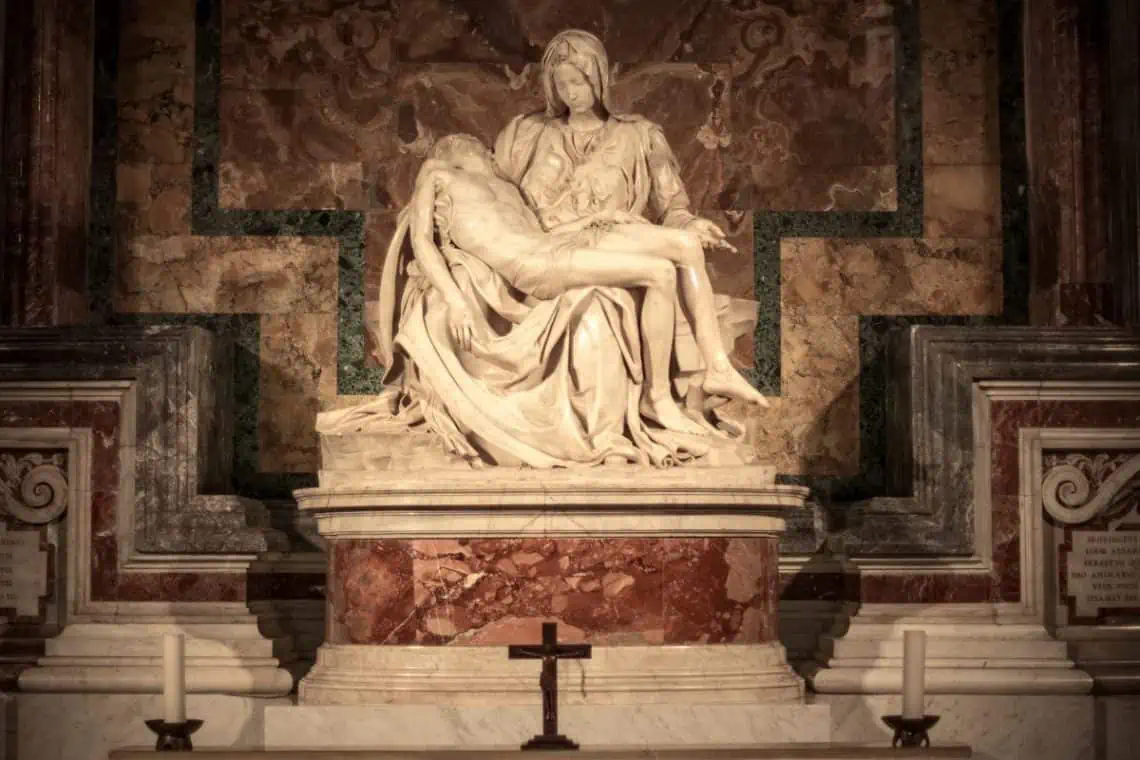The Vatican, also known as Vatican City, is the smallest independent state in the world, both in terms of population and size. It is located within the city of Rome, Italy, and serves as the spiritual centre for the Roman Catholic Church. Visiting the Vatican is an incredible experience, whether you are a devout Catholic, a lover of art and history, or simply a traveller seeking a unique destination.
The Vatican is the home of the Pope, who serves as the Bishop of Rome and the leader of the worldwide Catholic Church. The Apostolic Palace, the official residence of the Pope, can be visited as part of a guided tour. You will be able to explore the Papal Apartments, where the Pope conducts his daily affairs and receives distinguished guests.
Additionally, you can visit the Vatican Library, which holds an extensive collection of books, manuscripts, and ancient texts, some of which date back to the earliest days of the Church.

Art is part of the language of history. Every detail of a work of art captures the essence of the time period. The subject matter, the brushstroke technique, the stone of a sculptor – it all speaks volumes of that moment in history. Rome has a long history full of culture that is depicted in the many forms of art that fill the city.
The Vatican Museums
The Vatican Museums, found within the city limits of Rome, are filled with some of the world’s most precious artworks from the Renaissance period. Pope Julius II founded the museums, and over time each new pope has added to the compilation creating one of the largest collections in Europe. Millions of people each year come to visit these museums and get a glimpse at the masterpieces created by legendary artists.
A Vatican guided tour will take you through some of the most magnificent buildings, museums, and galleries in the world. As you explore the vast collections of the Vatican Museums, you will be exposed to an exceptional array of art and artifacts, spanning over 3,000 years of human history.

It is said that the famous statue Laocoon and His Sons was discovered in 1506 in a vineyard in Rome. The statute depicts the priest Laocoon, from Greek mythology as he and his two sons struggle against sea serpents. The twisting agony of the statued men is shocking and captivating. When it was discovered, Pope Julius II purchased the statue and had it put on display at the Vatican; thusly, beginning one of the world’s largest collections of European art.
In the maze of Vatican Museums there are a variety of collections such as the Museo Pio-Clementino which showcases many Greek and Roman sculptures. One of the galleries in the Museo Pio-Clementino is The Cabinet of Masks so named for the mosaics that have been installed in the center of the floor. These mosaics come from Hadrian’s Villa in Tivoli. The villa was built as a place of relaxation for Hadrian sometime between 118 and 134 AD.
The Imperial Palace spanned 300 acres, and it was full of replicas of Hadrian’s favorite buildings that he had seen while traveling the world. He was particularly drawn to the world of Egypt, and many of the buildings and statues within his villa were created with Egyptian influence.

Pieces from the Etruscan world are on display in the Museo Gregoriano Etrusco which features eight galleries total. Visitors can see pieces from one of the ancient Italian civilizations. There is also the Museo Gregoriano Egiziano which showcases all things Egyptian. While these few museums hold more ancient art and artifacts than other museums around the world, there is something greater that visitors come to see.
The Sistine Chapel
The Sistine Chapel is included in the Vatican Museums, and it is well known for its breathtaking frescos depicting stories from the Bible. Pope Sixtus initiated the restoration of the original building that stood in the location. By 1483, the restoration was complete, and it was officially opened. This Chapel is most known for its frescos painted by Michelangelo.
The meaning of Fresco comes from the Italian word for Fresh. These immense paintings are created upon walls that have “fresh” plaster, often still wet, and the painted mural essentially becomes part of the wall itself as the plaster settles. While the Sistine Chapel is notorious for Michelangelo’s work upon the ceiling, the story behind the work isn’t what many might imagine.

The ceiling of the chapel had already been painted, but due to constant construction around the chapel, the vaulted ceiling began to crack. According to legend, Donato Bramante, an Italian architect and enemy to Michelangelo, made an unexpected suggestion to Pope Sixtus. Bramante told the Pope that Michelangelo would be a good choice to re-paint the Chapel ceiling.
In reality, this was a ploy to embarrass Michelangelo. Bramante knew that Michelangelo had no experience painting frescos. In fact, as a sculptor (remember the David?), Michelangelo felt painting was beneath him. Bramante thought if Michelangelo could be coaxed into painting the ceiling, the young sculptor’s amateur technique and cocky attitude would result in a terribly embarrassing ordeal.
Bramante’s true intentions were unknown to the Pope, and after much persuading, Michelangelo accepted. The sculptor began his masterpiece and looked at the job as a challenge in which he would prove his master skill with a work of art that people would look at for centuries to come.

On the Chapel ceiling, Michelangelo painted biblical stories with rich colors and lines of the human body so devastatingly perfect, they jump from the plaster. Each story is haunting in its detail with so many intricate features, guests can identify the story with just a glance. The immensity of the ceiling makes it difficult to take in. One could stand there for days and still not see all of the personal elements that Michelangelo carefully placed throughout each scene.
The artist’s rendition of Adam and Eve is slightly different than the original. Michelangelo used a fig tree instead of an apple tree, and the deceptive serpent is depicted as a woman.
He also painted the panels of the ceiling out of order. From the Book of Genesis, Michelangelo painted the scenes in reverse order. He claims he did this purposefully because he wanted to perfect his technique before he painted the stories with images of God.

While Michelangelo’s ceiling is the most well-known fresco, Sandro Botticelli painted frescos upon the walls years before Michelangelo. Botticelli is famous for such works as The Birth of Venus and The Madonna of the Book. In the Sistine Chapel, he painted the story of Jesus and the story of Moses, but his work is often overlooked compared to Michelangelo’s chapel ceiling.
Other famous artists of the time also aided in covering the chapel walls in the stories of the Bible including Cosimo Rosselli, Domenico Ghirlandaio (Michelangelo’s Teacher), and Pietro Perugino.
Saint Peter’s Basilica
Within the Vatican Museums is Saint Peter’s Basilica, another site millions travel to witness. It is one of the two largest churches in the world. It is believed to be the site where Saint Peter was buried after being crucified during Nero’s Christian Persecution in 60 AD.

An original basilica was built in 324 under Constantine and lasted until around 1377 when the Popes abandoned Rome during a power struggle known as the Avignon Schism. Not until around 1505 was there talk of rebuilding the church. Pope Julius II commissioned the current building in 1506 with Bramante as the main architect.
It was built in the shape of a Latin cross with a massive dome that punctures the blue skies of Rome. Baroque stuccos and elaborate mosaics fill the Basilica. Rich colors, solid stone, and golden stuccos overwhelm the senses. It is believed that Sainte Peter’s remains are beneath the high altar.
Centuries of artwork and statues are on display including Michelangelo’s Pieta. This stone monument carved out of marble depicts Mary as she clutches the body of Christ after his death. The Pieta was completed when Michelangelo was only 24 years old, and it is the only work of art that he signed.

A massive statue of the Enthroned Saint Peter looms in the nave. One foot of the statue has been worn away as visitors kiss it in devotion of the saint. Statues that represent pivotal moments in the life of Christ dominate the space in the middle of the cross where the sections of the cross meet.
There are also the tombs of former Pope’s, each an artwork in its own right. It is an encompassing representation of the history of the Christian faith, and the artists that captured each story with mediums stronger than words. The vastness of the Basilica, the substantial statues wearing emotion, and the opulence can make a person feel small.
Saint Peter’s Square
Directly in front of the Basilica is Saint Peter’s Square. It is a large open space meant to accommodate a large crowd so that they may be able to see the Pope when he speaks to his followers from the façade. The square is surrounded by two semi-circles which are said to resemble the arms of the church as they embrace the world. When there is an election of a new Pope, up to 400,000 people gather in the square.

In the middle stands an Obelisk originally built for Cornelius Gallus in Heliopolis in Egypt. However, it was moved by Caligula, then again by Pope Sixtus to its current location. Moving the obelisk was a daunting task that took months and nearly one thousand men. On either side, fountains adorn the Obelisk and create a magnificent lead up to the entrance of the Basilica honoring Saint Peter.
These museums hold the history of civilizations that gave birth to the world as we know it today. The ancient artifacts and works of art are nothing less than extraordinary. To see pieces that have survived the wear of time, the war of people, it is comforting. We as humans must accept that all things come to an end, but seeing these works of art remind us that just because something has ended doesn’t mean it will be forgotten.